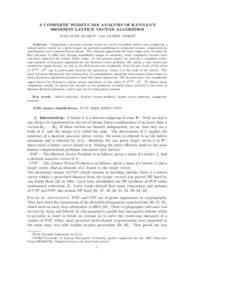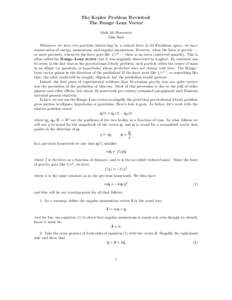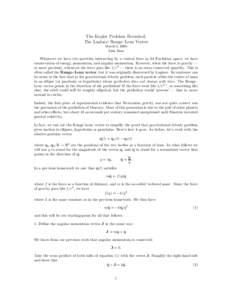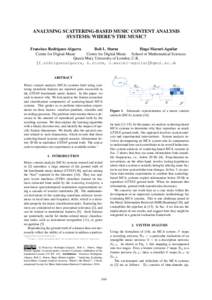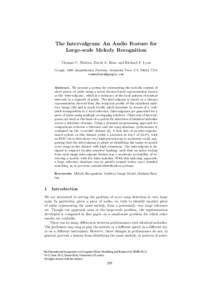<--- Back to Details
| First Page | Document Content | |
|---|---|---|
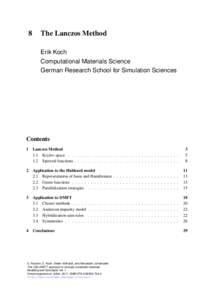 Date: 2014-05-26 12:52:54Numerical linear algebra Operator theory Linear algebra Vectors Lanczos algorithm Krylov subspace Tridiagonal matrix Vector space Bloch wave Euclidean vector Hilbert space Matrix |
Add to Reading List |
 8 The Lanczos Method Erik Koch Computational Materials Science German Research School for Simulation Sciences
8 The Lanczos Method Erik Koch Computational Materials Science German Research School for Simulation Sciences